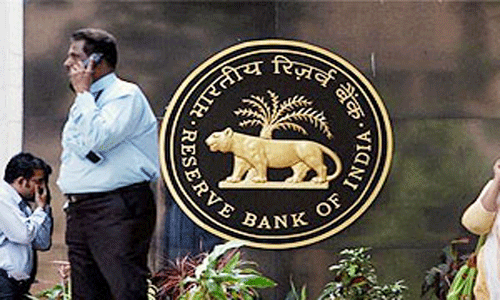 Sending positive signs from easing the cash crunch for the realty sector, Secretary for Financial Services D K Mittal on Monday, Sep 17, asked the commercial banks to focus on funding partially completed projects on a priority basis and development of projects in small towns.
Sending positive signs from easing the cash crunch for the realty sector, Secretary for Financial Services D K Mittal on Monday, Sep 17, asked the commercial banks to focus on funding partially completed projects on a priority basis and development of projects in small towns.
Presiding over a joint meeting of Indian Bankers Association (IBA) and developers apex body CREDAI at SBI in Mumbai, Mittal asked the realty industry to conduct a survey of unsold housing stock in cities in batches so that a decision would be taken on unlocking their value.
He also asked CREDAI to come with norms for development in consultation with the NHB and standards for funding the projects.
He told CREDAI to work on rating the real estate projects for the benefit of bankers as well as buyers.
The meeting was called to understand the issues of housing sector and the problems being faced by developers in terms of funding the projects. Apart from SBI, many leading bankers like HDFC, NHB, Bank of Baroda attended the meeting.
Describing the outcome of the meeting as “positive”, CREDAI Chairman Pradeep Jain said, “We are happy that a good beginning has been made and we hope this will send positive signals to the real estate market as such. As we move on, we hope to solve the various issues one after the other.”
Briefing media on the meeting, CREDAI National President Lalit Kumar Jain said, “We highlighted the problems related to supply aide as well as demand side. All bankers more or less agreed that besides banking, the other factors like project approval delays, limitation on land availability for real estate and even the FSI restrictions should be addressed for the development housing sector.”
Bankers also felt that the knotty issue of speeding up the approval process should be addressed across the country by sensitizing all the States since real estate is typically a local issue and the rules differ from state to state and even city to city, Mr Jain said. This will help create adequate housing stock in the country.
On the issue of restructuring the realty debt, it was felt that it has to be addressed by the regulator RBI.
Bankers on their part also insisted on the one-project one-bank norm and opening escrow accounts. In metro cities, the developers should have one lead banker for funding. They also suggested incentivising the rated projects through lower rate of interest.
Lalit Kumar Jain said at the meeting that credit limit for realty projects should be raised to 25% of the total credit from the current 2.8%. In other countries, the norm is as high as 30%.
Referring to the reduction of CRR by the RBI today, Jain said “This is not enough.”He said there could two options to contain inflation: Either to cut monetary supply or increase the supply of products.”The second option is the right one since it will generate employment and contribute to growth of GDP,” he said.
He said the rollover facility for commercial real estate (CRE) should be on par with the industry since it is the safest sector to lend.
He reiterated CREDAI suggestion to reduce the rate of interest on housing loans to 7% to strengthen demand. All other expenses like stamp duty and the various taxes should be added to the overall cost of project and should be funded up to 90% of the total cost.
The real estate project funding should be at 10% instead of the prevailing 15.5% and even the costly funding by NBFC sector should be brought down, CREDAI said. CREDAI called for easing the RBI risk weightage of 1.25 given to real estate sector.
CREDAI expressed its happiness that the positive vibes generated by the meeting would help the home buyer as well as the developer as the revival of real estate industry would help rejuvenate hundreds of other industries, generate massive employment and contribute to the nation’s growth.





